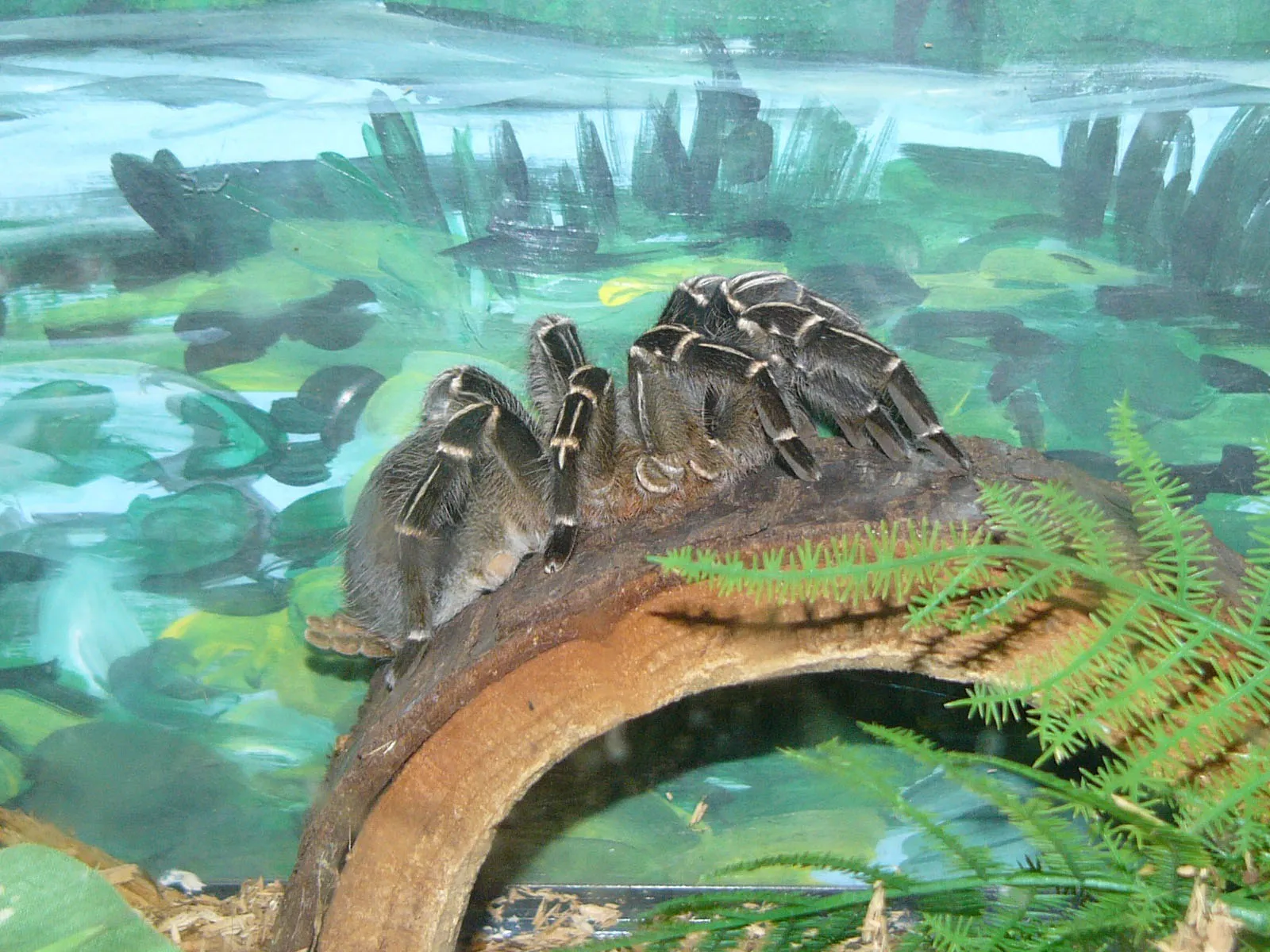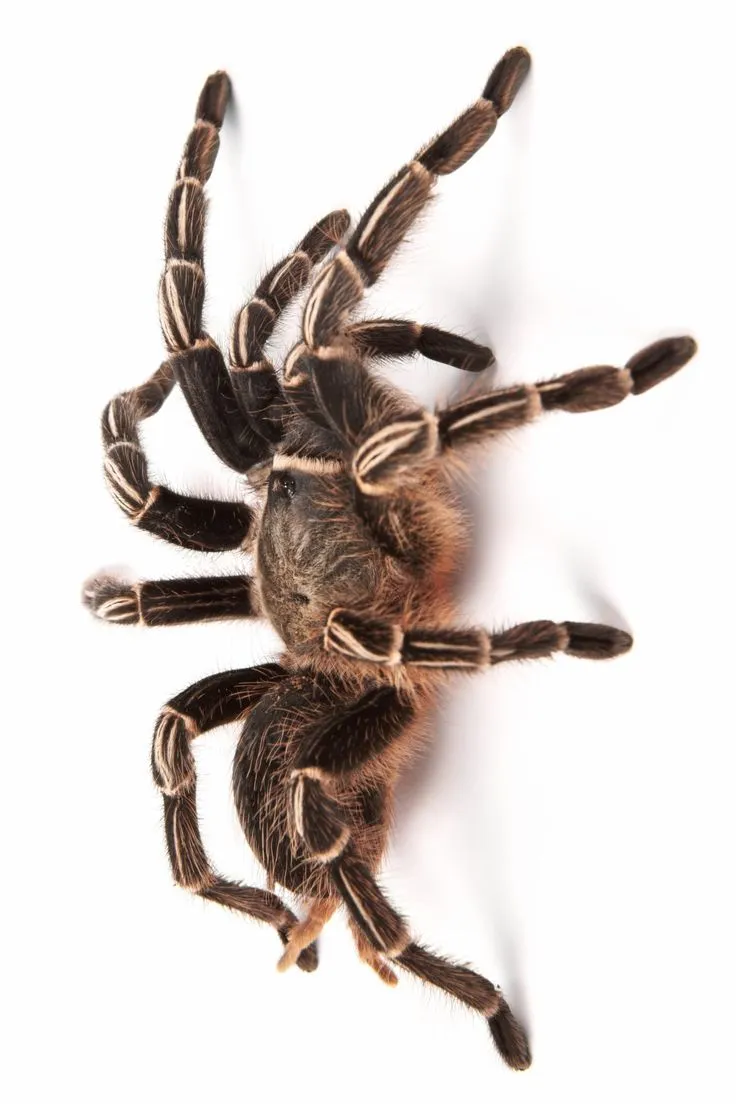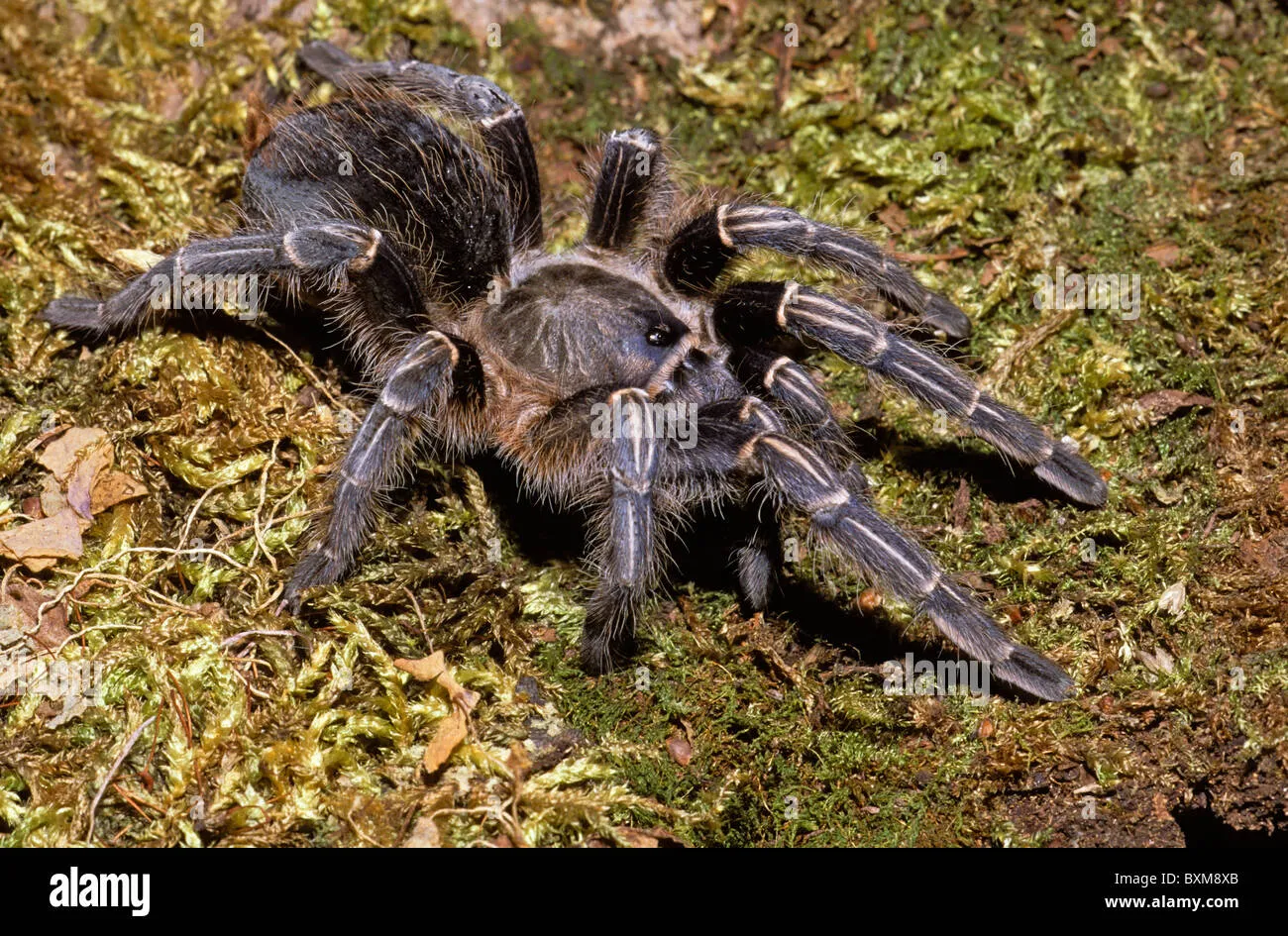Costa Rican Zebra Tarantula Facts
The Costa Rican Zebra Tarantula (Aphonopelma seemanni) is a captivating species, popular among arachnid enthusiasts. Its striking appearance and relatively docile temperament make it a sought-after pet. Originating from the dry forests of Costa Rica and other Central American countries, this tarantula offers a unique glimpse into the world of exotic pets. This article delves into five fascinating facts, providing valuable insights for both current owners and those considering acquiring one. We’ll explore its appearance, habitat, diet, temperament, and lifespan, offering a comprehensive understanding of this remarkable creature. Preparing to welcome a Costa Rican Zebra Tarantula into your home means becoming informed. Understanding these aspects ensures you can provide the best possible care, contributing to its health and well-being. Let’s embark on a journey to discover the unique attributes of the Costa Rican Zebra Tarantula!
Appearance of the Costa Rican Zebra Tarantula
The physical characteristics of the Costa Rican Zebra Tarantula are a significant part of its appeal. Its unique appearance distinguishes it from other tarantula species. The striking pattern and vibrant colors are a result of evolution, helping it blend into its natural habitat. Understanding its looks not only adds to your appreciation of the tarantula but also helps you identify a healthy specimen.
Size and Markings

Adult Costa Rican Zebra Tarantulas typically have a leg span ranging from 4 to 6 inches. Their most distinctive feature is the striking zebra-like pattern on their legs, alternating black and white bands. This pattern is not only visually appealing but also serves as a key identifier for the species. The contrast between the dark and light bands is very noticeable, making this tarantula instantly recognizable. These markings contribute to its common name and make it a favorite among spider enthusiasts.
Coloration
The body of the Costa Rican Zebra Tarantula is generally a dark brown or black color, which complements the banded legs. The carapace, or the top part of the cephalothorax, can have a slightly lighter shade, adding to its visual appeal. The contrast between the body and the patterned legs enhances its overall appearance. This coloration helps the tarantula blend into its environment, providing camouflage. The combination of dark body and striking leg patterns makes this species a beautiful creature to observe.
Costa Rican Zebra Tarantula Habitat
Understanding the natural habitat of the Costa Rican Zebra Tarantula is essential for providing appropriate care in captivity. Mimicking its natural environment is vital for its health and well-being. This involves recreating its preferred conditions in terms of enclosure, temperature, and humidity. By understanding its needs, you can ensure a healthy and comfortable living space.
Natural Environment

In the wild, the Costa Rican Zebra Tarantula is found in the dry forests of Costa Rica and other parts of Central America. They are terrestrial tarantulas, meaning they live primarily on the ground. They create burrows in the soil, often under rocks or logs, to provide shelter and protection from predators and the elements. The climate in these regions is typically warm and humid, which is crucial for their survival. The ability to replicate these conditions is critical to the success of keeping this species.
Ideal Enclosure
To replicate their natural habitat, the enclosure should be a minimum of 10-gallon tank for juveniles and a 20-gallon tank for adults. Provide a substrate of about 4-6 inches of substrate such as a mix of coco fiber, peat moss, and vermiculite, which helps to maintain humidity and allows them to burrow. Include a hide, such as a piece of cork bark or a half-log, to provide a secure retreat. Maintain a temperature between 75-85°F (24-29°C) and a humidity level of 60-70%. Regular misting will assist in maintaining this level of humidity. Proper setup ensures the tarantula is comfortable and secure.
Costa Rican Zebra Tarantula Diet
Proper nutrition is vital for the health and longevity of your Costa Rican Zebra Tarantula. Providing the right food, in appropriate quantities, is a cornerstone of good pet ownership. Understanding its dietary needs helps you to ensure your tarantula thrives in captivity, enjoying a balanced and healthy life. The right diet contributes to its growth, molting, and overall well-being.
Feeding Habits

Costa Rican Zebra Tarantulas are opportunistic predators. They will typically ambush their prey. They feed primarily at night, using their chelicerae (fangs) to inject venom that immobilizes their prey. The frequency of feeding depends on the age of the tarantula. Juveniles should be fed more frequently (every 3-4 days), while adults can be fed less often (once a week or every other week). The tarantula’s abdomen size is a good indicator of its nutritional state; a plump abdomen usually means it is well-fed.
Types of Food
The primary diet of a Costa Rican Zebra Tarantula consists of insects. Crickets, roaches, mealworms, and superworms are all suitable food options. It is essential to vary the diet to provide a range of nutrients. Ensure that the insects are gut-loaded (fed nutritious food) before offering them to your tarantula. Remove any uneaten food within 24 hours to prevent mold and maintain a clean environment. Provide fresh, clean water in a shallow dish.
Costa Rican Zebra Tarantula Temperament
The temperament of a Costa Rican Zebra Tarantula is another important aspect to understand, especially if you plan to handle your pet. While they are generally considered to be docile, it’s crucial to respect their boundaries and be aware of their defensive behaviors. This knowledge will help you interact safely and responsibly with your tarantula. Safe interaction comes down to understanding.
Handling and Interaction

Costa Rican Zebra Tarantulas are not typically recommended for frequent handling, as it can stress them. However, they are generally known for their docile nature compared to some other tarantula species. If you must handle your tarantula, do so with extreme caution. Move slowly and gently, and always be aware of its potential to bite or flick urticating hairs (defensive hairs). Handle over a soft surface, such as a bed, to minimize the risk if it falls. Constant interaction can be stressful for these creatures.
Defensive Behaviors
When threatened, the Costa Rican Zebra Tarantula may exhibit certain defensive behaviors. These include raising its front legs, exposing its fangs, or flicking urticating hairs from its abdomen. If agitated, it might bite. It’s very important to avoid quick movements or loud noises around the tarantula, as these can trigger defensive reactions. Respecting the tarantula’s space and allowing it to retreat to its hide when it feels threatened is essential for a positive interaction.
Costa Rican Zebra Tarantula Lifespan
Understanding the lifespan of a Costa Rican Zebra Tarantula helps in planning for its long-term care. Knowing the typical lifespan allows you to provide the necessary resources and environment to support its health and well-being throughout its life. Proper care helps support and improve the chances of a long and healthy life for your tarantula.
Male vs Female

The lifespan of a Costa Rican Zebra Tarantula varies between males and females. Females typically live much longer than males. Female tarantulas can live for up to 15-20 years, while males often live only for 3-5 years. The difference in lifespan is related to their reproductive cycles. The female’s long life allows them to reproduce multiple times, while males typically die after mating.
Factors Affecting Lifespan
Several factors can influence the lifespan of a Costa Rican Zebra Tarantula. Providing proper care, including appropriate housing, diet, and temperature, is crucial. Avoiding stress and ensuring the tarantula is not handled excessively can also contribute to a longer life. Additionally, maintaining a clean environment and preventing illnesses can protect the tarantula’s health and potentially extend its lifespan. Genetics, as in all animals, will also play a role in how long a tarantula lives.
In conclusion, the Costa Rican Zebra Tarantula is an exciting and rewarding pet for those willing to provide the necessary care. Understanding its appearance, habitat, diet, temperament, and lifespan is crucial for ensuring its health and well-being. By providing the correct environment, appropriate feeding, and respectful handling, you can enjoy the unique experience of owning this captivating species. With proper care, your Costa Rican Zebra Tarantula will thrive, bringing you years of fascination and enjoyment.
